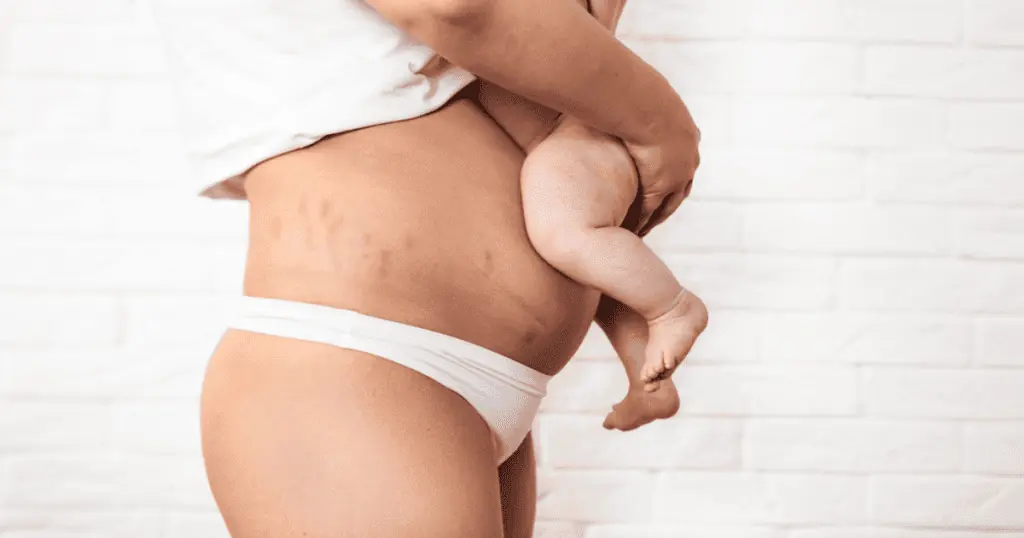Postpartum Perineal Care

During pregnancy we do a lot of preparation for birth and baby. One part of the experience to add to your postpartum planning is healing your bottom. Postpartum perineal care will be a daily part of your recovery for the first couple weeks. How sore your bottom is after birth often depends on how your labor unfolded.
Some potential perineal stress factors to be aware of include:
- Tearing: Tearing of the perineal tissues is common during childbirth, ranging from mild to extensive. This happens in 2 out of 3 vaginal births. It may require stitches or simply heal naturally over time. The good news is you WILL heal. Read more about this here.
- Episiotomy: An episiotomy is a surgical incision made in the perineum to facilitate childbirth. While it used to be more routine, it is now rarely performed. In some limited cases it may be recommended by your provider.
- Swelling: Swelling in the perineal area is a normal part of the healing process after birth, particularly if there has been trauma or an episiotomy.
- Bleeding: You will have postpartum bleeding for 4 – 6 weeks or more as your body heals and your uterus returns to its pre-pregnancy size.
That first postpartum poop can be a real turd!
After giving birth you will eventually have to pee and poop on the toilet again. Take a careful approach to those first bowel movements to prevent further stress to the area. Some find it uncomfortable and for others it is all about the anxiety. Constipation (which may be caused by pain medication taken during labor) can also contribute to discomfort. Even urinating is painful for some. Staying well hydrated, eating foods high in fiber, and using any stool softeners recommended by your care provider can help you get past the first postpartum bowel movements.
To manage the above issues you will need a postpartum perineal care routine to help you heal.
After using the toilet cleanse your perineum area gently.
Follow all of these steps each time you use the bathroom for the first few days and weeks until your perineum has healed.
- Peri bottle: The first step is to fill your peri bottle with warm water. If you are delivering at a hospital you will be provided a peri bottle to take home with you. You can also buy your own online with several to choose from on the market.
- Warm water: After using the toilet, rinse your perineal area with the warm water using your peri bottle. The warmth is soothing and rinsing helps keep everything clean. This little bottle will be your lifesaver and you may want to keep using it forever.
- Pat Dry: Gently pat the area dry with a clean, soft towel or paper. Avoid rubbing, as it can cause further irritation.
- Front to Back: When wiping after urination or a bowel movement, always wipe from front to back to prevent the spread of bacteria.
- Pads and comfortable underwear: You will need a good supply of large pads or adult diapers and soft, comfortable cotton underwear. Change your pad regularly.
In addition to the above, these are at-home treatments to help with comfort and healing:
Cold Packs: Apply cold packs to the perineal area to reduce swelling and provide temporary relief. You can use store-bought cold packs or create your own. Always place a clean, soft cloth between your skin and the cold pack.
DIY Padsicles: These are a wonderful way to alleviate discomfort. You can make padsicles during pregnancy so they are ready for you when needed. You will need large maxi pads (preferably without fragrance), witch hazel, aloe vera gel, and a freezer-safe container. Lay the pads flat and generously spray or spread witch hazel and aloe vera gel onto the pads. Fold the pads back together and place them in the freezer-safe container. Let them freeze overnight. After giving birth, use these padsicles by placing them in your underwear. The cold temperature and healing properties of witch hazel and aloe vera will provide relief.
Sitz Bath: Soothe your perineal area with a sitz bath by immersing it in warm water. You can use a sitz bath basin or a shallow bathtub. Adding Epsom salts or herbal blends (such as witch hazel or calendula) to the water can promote healing and provide additional relief. The temperature of the water increases blood flow to the perineal area and promotes faster healing.
Pillows: If sitting is uncomfortable you can try using a donut shaped pillow, or just an extra soft pillow under your bottom to reduce pressure.
While postpartum discomfort is common, certain signs warrant medical attention.
Contact your healthcare provider if you experience:
- Severe or prolonged pain not relieved by at-home measures.
- Signs of infection, such as fever, increasing redness, warmth, or increasing discharge from the perineal area.
- Concerns about the healing process or any other unusual symptoms
Lastly, we cannot stress enough the importance of rest. The more time you spend resting the more opportunity for overall healing. Taking on too much activity too early will add time to your recovery. The postpartum period should be a time of comfort, restoration and enjoying those baby snuggles. Listen to your body and give yourself the space and time needed to recuperate. Our postpartum doulas are here to help in any way we can!
